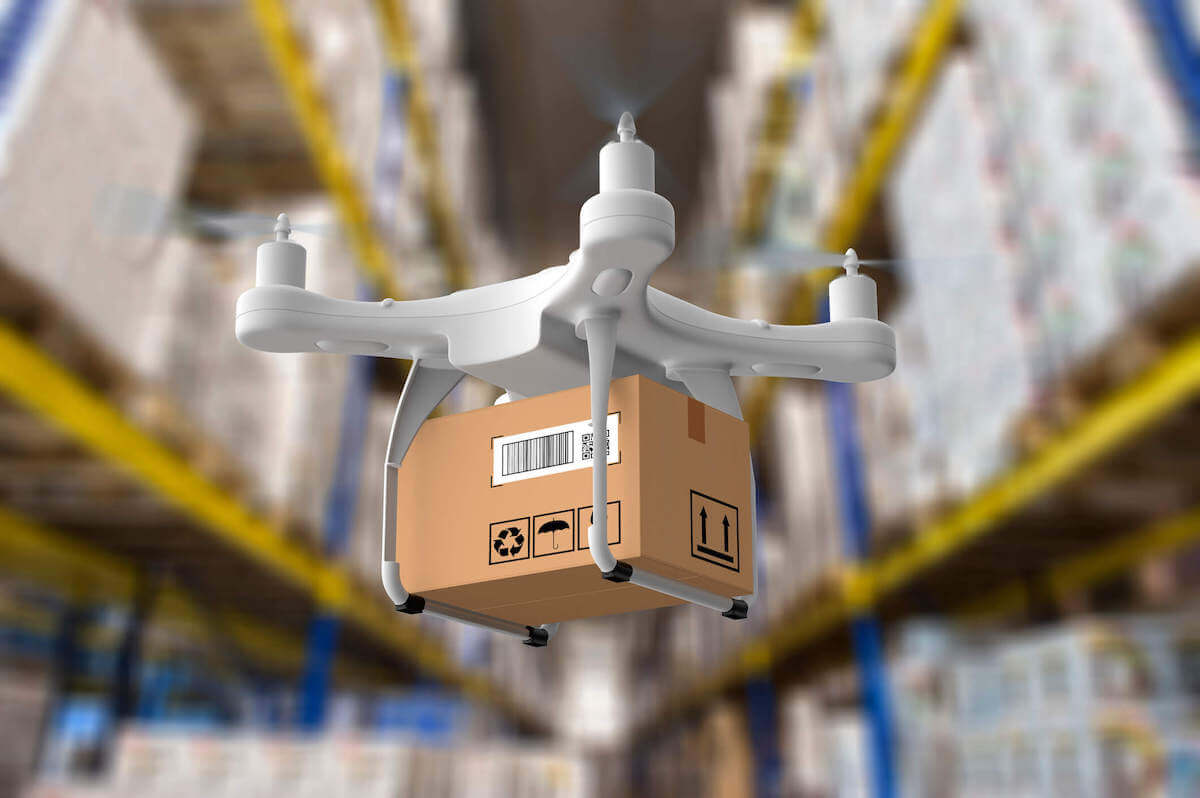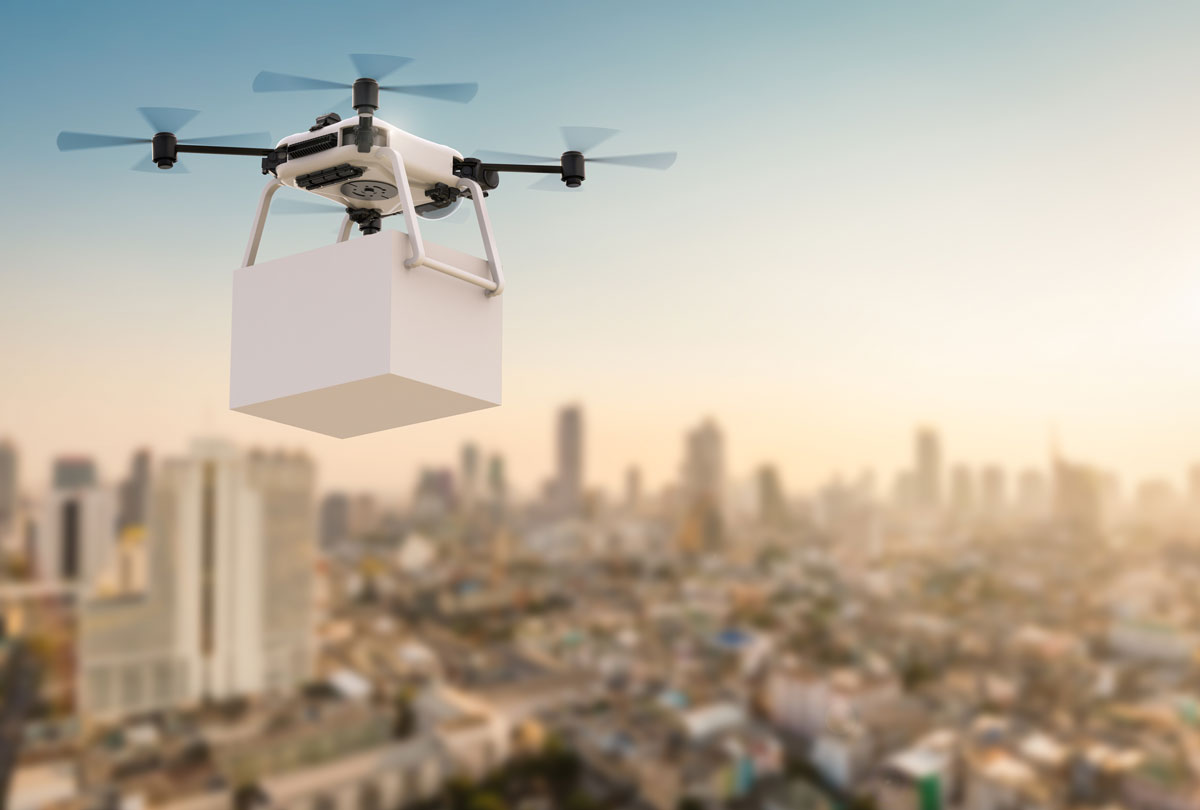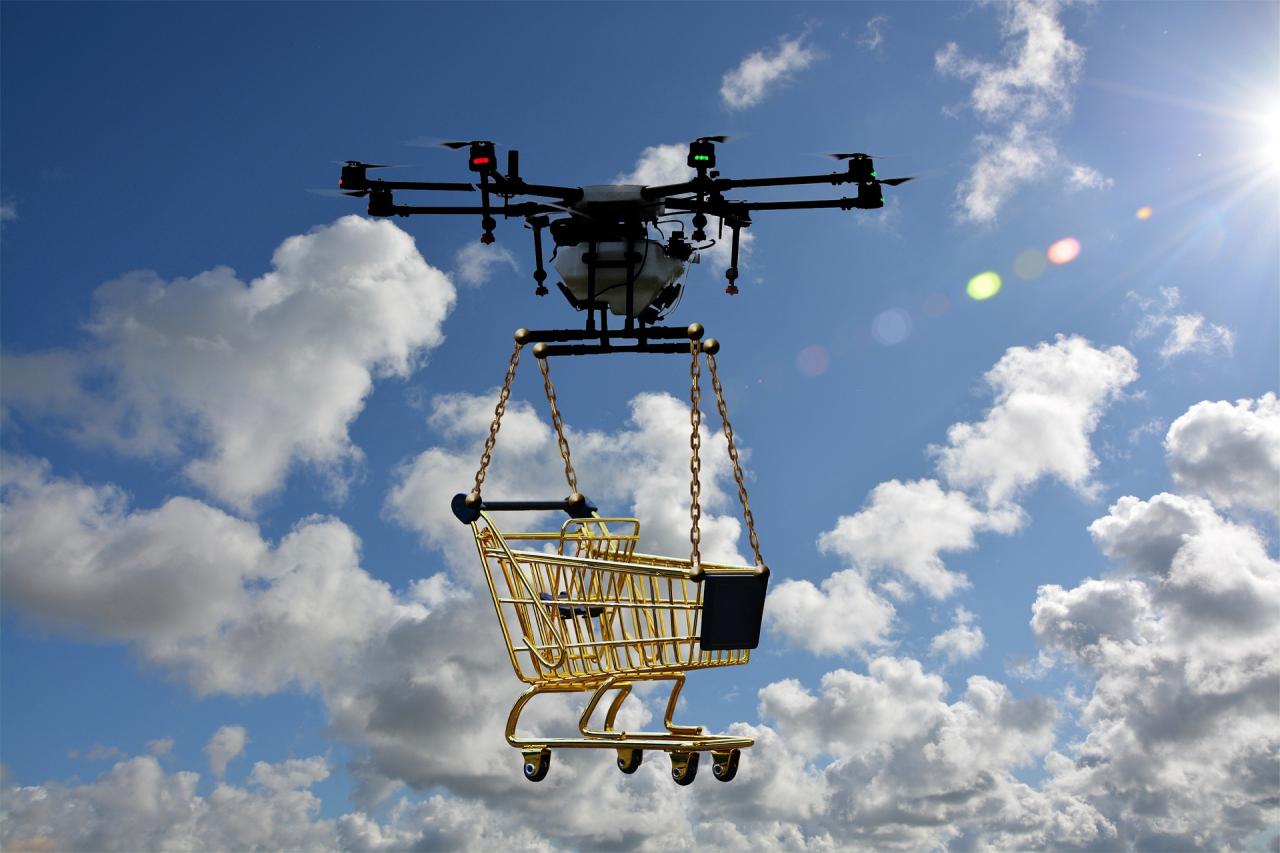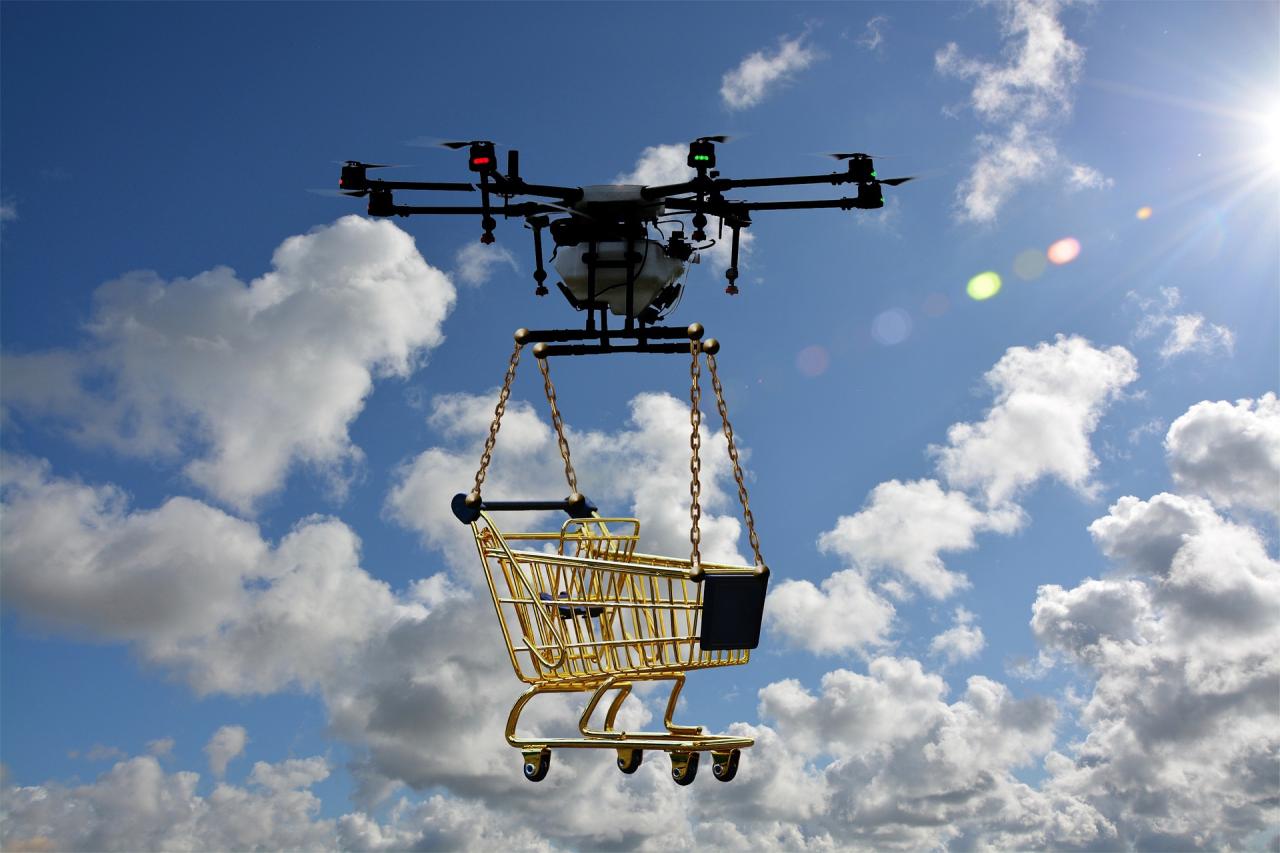Remington drone loads represent a significant advancement in unmanned aerial vehicle (UAV) technology, impacting various sectors. This exploration delves into the capabilities of different Remington drone models, their payload capacities, and the diverse applications they serve, from agricultural spraying to emergency relief operations. We will examine the technological advancements driving this innovation, the associated safety regulations, and the economic implications of utilizing these drones for diverse payload delivery needs.
The following sections will provide a detailed overview of Remington drone payload capacities, exploring the factors that influence them, comparing them to competitors, and detailing their use across various industries. We’ll also cover safety protocols, regulatory compliance, and the future trends shaping this rapidly evolving field.
Remington Drone Models and Payload Capacity
Remington offers a range of drones designed for diverse payload capacities, catering to various industry needs. This section details the specifications of different Remington drone models, compares their capabilities with competitors, and explores the factors determining their payload limits.
Remington Drone Model Specifications, Remington drone loads
| Model Name | Payload Capacity (kg) | Dimensions (cm) | Notable Features |
|---|---|---|---|
| Remington RX-10 | 10 | 120 x 80 x 30 | High-performance motors, advanced stabilization system, long flight time. |
| Remington RX-25 | 25 | 150 x 100 x 40 | Heavy-duty frame, enhanced payload capacity, robust construction. |
| Remington RX-50 | 50 | 200 x 150 x 50 | Modular design, adaptable payload systems, extended range capabilities. |
Payload Capacity Comparison
A comparison of Remington drone payload capacities against competitors reveals a competitive edge in certain segments. The following points highlight key differences.
- The Remington RX-25 offers a significantly higher payload capacity compared to the leading competitor’s model in the same class, allowing for the transportation of heavier equipment and materials.
- While some competitors offer longer flight times, Remington drones compensate with their superior payload capacity, making them more efficient for specific tasks requiring heavier loads.
- The modular design of the Remington RX-50 allows for customization and adaptation to various payload needs, offering greater flexibility compared to competitors with fixed-design models.
Factors Influencing Payload Capacity

Several factors contribute to the payload capacity of Remington drones. These include the power of the motors, the overall drone design, and the efficiency of the battery technology.
Understanding Remington drone load capacities is crucial for efficient operation. To ensure optimal image quality, consider the camera system; for instance, the high-resolution capabilities of the port dover camera could significantly impact your payload requirements. Therefore, careful consideration of both the drone’s load limits and the camera’s weight is essential for successful Remington drone missions.
- Motor Power: More powerful motors enable the drone to lift heavier loads. Remington utilizes high-torque motors optimized for payload carrying.
- Design Optimization: Lightweight yet robust frame designs minimize the drone’s weight, allowing for a greater proportion of the lift capacity to be allocated to the payload.
- Battery Technology: High-capacity, energy-dense batteries extend flight time and enable the transportation of heavier payloads over longer distances.
Applications of Remington Drone Loads

Remington drones find applications across diverse sectors, carrying various payloads to enhance efficiency and productivity. This section details several examples, discusses associated challenges, and presents a hypothetical emergency scenario.
Examples of Payload Applications
| Sector | Payload Type | Application | Benefits |
|---|---|---|---|
| Agriculture | Precision Sprayer | Targeted pesticide application | Reduced chemical usage, improved crop yield, minimized environmental impact |
| Construction | Building Materials | Transporting materials to inaccessible areas | Increased efficiency, reduced labor costs, improved safety |
| Surveying | High-Resolution Camera | Aerial mapping and data acquisition | Detailed site surveys, precise measurements, reduced surveying time |
Challenges and Limitations
Carrying diverse payloads presents certain challenges. Weight distribution, payload securing, and environmental factors can impact drone operation. For instance, uneven weight distribution can affect stability, while inadequate securing can lead to payload loss. Adverse weather conditions can also limit operational capabilities.
Hypothetical Emergency Scenario
A Remington RX-25 drone is deployed to deliver essential medical supplies to a remote village inaccessible by road after a natural disaster. The payload consists of a sealed container with medical kits, water, and food. Logistical considerations include flight path planning to avoid obstacles, weather monitoring, and establishing a designated landing zone for safe delivery.
Safety and Regulations for Remington Drone Loads
Safe operation of Remington drones with various payloads necessitates adherence to safety guidelines and regulations. This section Artikels these regulations, identifies potential risks, and explains permit acquisition procedures.
Safety Guidelines and Regulations
- Always ensure the payload is properly secured to prevent shifting or detachment during flight.
- Never exceed the drone’s maximum payload capacity.
- Comply with all local and national airspace regulations.
- Regularly inspect the drone and payload for any damage or wear.
- Operate the drone within visual line of sight unless specifically authorized for beyond visual line of sight (BVLOS) operations.
Potential Risks of Overloading
Overloading a Remington drone can lead to several serious risks, including reduced flight stability, increased risk of crashes, and potential damage to the drone and its components. Improperly secured payloads can also cause damage to the drone or lead to payload loss during flight.
Permit and License Procedures
Commercial operation of Remington drones with payloads requires obtaining the necessary permits and licenses. Procedures vary depending on location and the type of operation. It’s crucial to consult with relevant aviation authorities to understand and comply with all legal requirements.
Technological Advancements in Remington Drone Payload Systems
Technological advancements have significantly improved the payload capacity and handling capabilities of Remington drones. This section highlights key innovations and explores future trends.
Timeline of Key Innovations
The following timeline illustrates key advancements in Remington drone payload technology.
- 2018: Introduction of the RX-10 model with improved motor technology.
- 2020: Development of a more robust frame design for the RX-25, increasing payload capacity.
- 2022: Implementation of a modular payload system in the RX-50, enhancing versatility.
Future Trends and Potential Developments
- Integration of AI-powered payload management systems for optimized weight distribution and stability.
- Development of lighter yet stronger materials for increased payload capacity.
- Advanced battery technologies for longer flight times and heavier payloads.
- Autonomous payload delivery systems with enhanced precision and safety features.
Economic Aspects of Remington Drone Loads

Utilizing Remington drones for payload transportation offers economic advantages compared to traditional methods in many cases. This section analyzes cost-effectiveness, influencing factors, and potential benefits of widespread adoption.
Cost-Effectiveness Analysis
| Payload Type | Traditional Method Cost | Remington Drone Cost | Cost Savings/Increase |
|---|---|---|---|
| Construction Materials (50kg) | $500 | $300 | $200 Savings |
| Medical Supplies (10kg) | $200 | $150 | $50 Savings |
Note: Costs are hypothetical examples and may vary depending on specific circumstances.
Factors Influencing Overall Cost
Several factors influence the overall cost of using Remington drones, including fuel consumption, maintenance expenses, insurance premiums, and initial investment costs. These factors need careful consideration when assessing the economic viability of drone operations.
Economic Benefits and Challenges
Widespread adoption of Remington drones for payload transportation offers potential economic benefits such as increased efficiency, reduced labor costs, and improved safety. However, challenges include initial investment costs, regulatory compliance, and the need for skilled operators. Careful planning and consideration of these factors are crucial for successful implementation.
The integration of Remington drones into various sectors highlights their potential to revolutionize payload delivery. From optimizing agricultural practices to facilitating emergency responses, these drones offer efficient, cost-effective solutions. However, responsible operation, adherence to safety regulations, and continued technological advancement are crucial for maximizing their benefits and mitigating potential risks. The future of Remington drone loads promises further innovation, expanding their capabilities and applications even further.
General Inquiries
What is the maximum flight time for Remington drones with heavy payloads?
Flight time varies significantly depending on the drone model, payload weight, and environmental conditions. Consult the specific drone’s specifications for estimated flight times under various load conditions.
Remington drone loads often face challenges regarding efficient payload management. Understanding innovative approaches in the industry is crucial, and a prime example is the work being done by companies like archer aviation , whose advancements in electric vertical takeoff and landing (eVTOL) technology could significantly impact future drone payload capabilities. Ultimately, the lessons learned from companies like Archer Aviation can help optimize Remington drone loads for greater efficiency and range.
Are there any weight restrictions on the types of payloads that can be carried?
Yes, each Remington drone model has a maximum payload capacity. Exceeding this limit can damage the drone and compromise safety. Always refer to the manufacturer’s specifications.
How much does it cost to maintain a Remington drone?
Maintenance costs depend on usage frequency and the type of maintenance required (routine checks, repairs, etc.). Factors such as battery replacements and potential component repairs influence the overall cost.
What type of training is required to operate a Remington drone commercially?
Commercial operation usually requires specific training and certification, which varies depending on location and regulations. Check with your local aviation authority for specific requirements.
